How to make cheese
– Raw milk reception and storage stage
The milk used to produce cheese must be of good quality. This milk should have few germs and bacteria and it should not be milked from a sick animal or an animal under antibiotic treatment. For example, mastitis disease in livestock causes many changes in livestock milk and lowers the quality of cheese.
2- Milk standardization stage
White cheese consists of three elements: fat, dry matter and protein, and the percentage of each of these elements varies depending on the type of cheese and its preparation method.
The separation of fat from milk is done according to the type of milk, at a temperature of 55 degrees Celsius, and then the milk fat is adjusted according to the type of cheese, and the standardization of the ratio of casein and fat in milk is done in the production line.
3- Fermentation stage
This step begins with the addition of starter bacteria. Starter bacteria, a group of lactic acid-producing microbes that are also present in yogurt. The main purpose of adding these bacteria to milk is to reduce the pH of milk and make it acidic, along with the formation of curds.
The amount of acid produced in cheese making milk is very important for the texture of cheese and its taste. Also, by producing gas, these bacteria cause holes in the cheese tissue.
Rennet is the main substance that coagulates milk and creates cheese curds. This substance is obtained from the stomach of a baby calf. The constituent elements of this substance are chymosin (which is the main cheese-making enzyme) and another enzyme called pepsin. In recent years, due to the scarcity of calf rennet, the use of substitute compounds such as rennet obtained from other animals and microbial rennet has become common. Microbial cheese has good performance and price. The time interval between adding the starter bacteria and rennet to the milk is called the ripening stage. Fermentation is done at a temperature of about 42 degrees Celsius.
4- Clot operation stage
After fermentation, enzymatic and chemical reactions take place in the milk, and then the coagulation of the milk takes place and the milk turns into clots or curds.
At this stage of cheese preparation, first the soured milk is stirred well until it becomes completely uniform and it is placed in the tub slowly and without movement until coagulation takes place. After the formation of the clot, to facilitate the exit of the water from it, special wire combs make cuts in the form of small cubes on it. After cutting, the slices remain in the tub for a few minutes, and are gently beaten. Then the whey is drained from the tub. After that, it is the turn of salting with pasteurized salt water. At this stage, to improve the quality of cheese texture, 0.1 to 0.2% calcium chloride is added to the salt water.
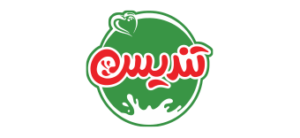
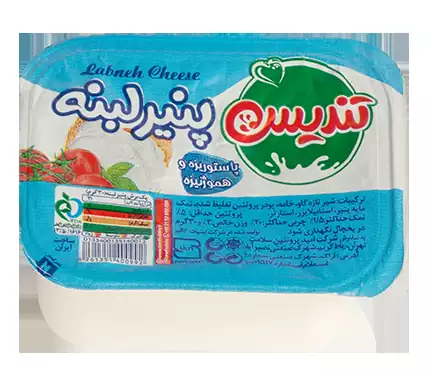
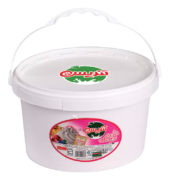
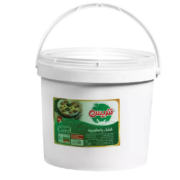
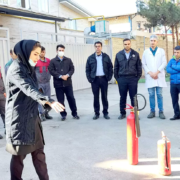
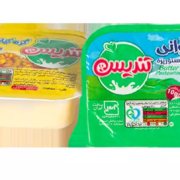





Leave a Reply
Want to join the discussion?Feel free to contribute!